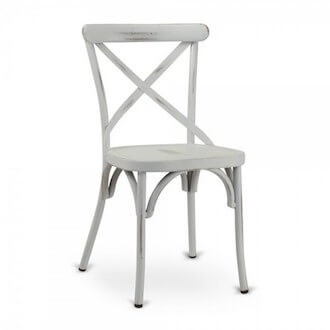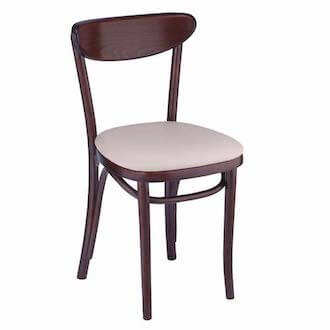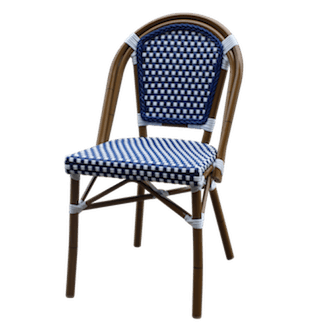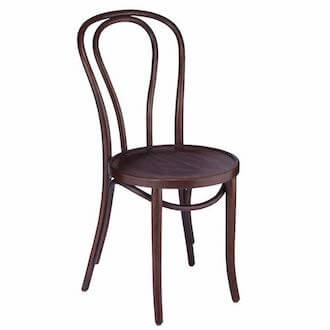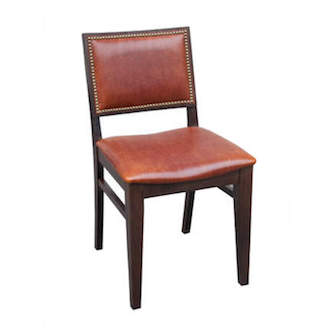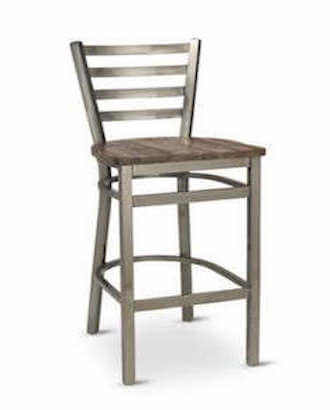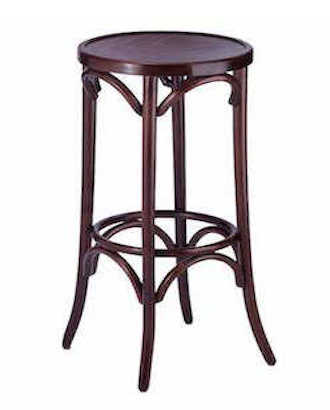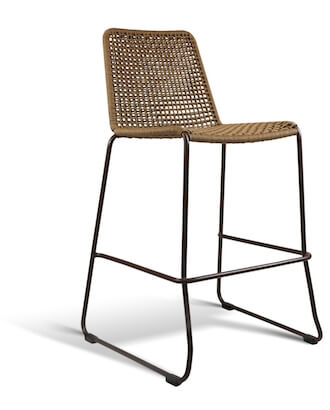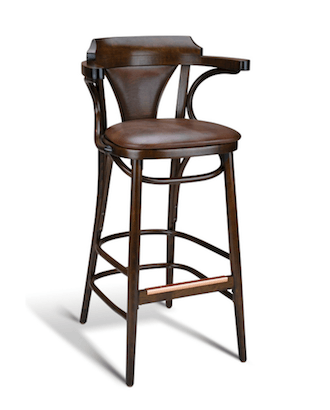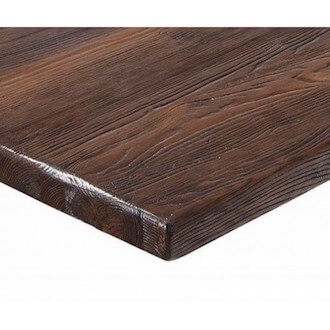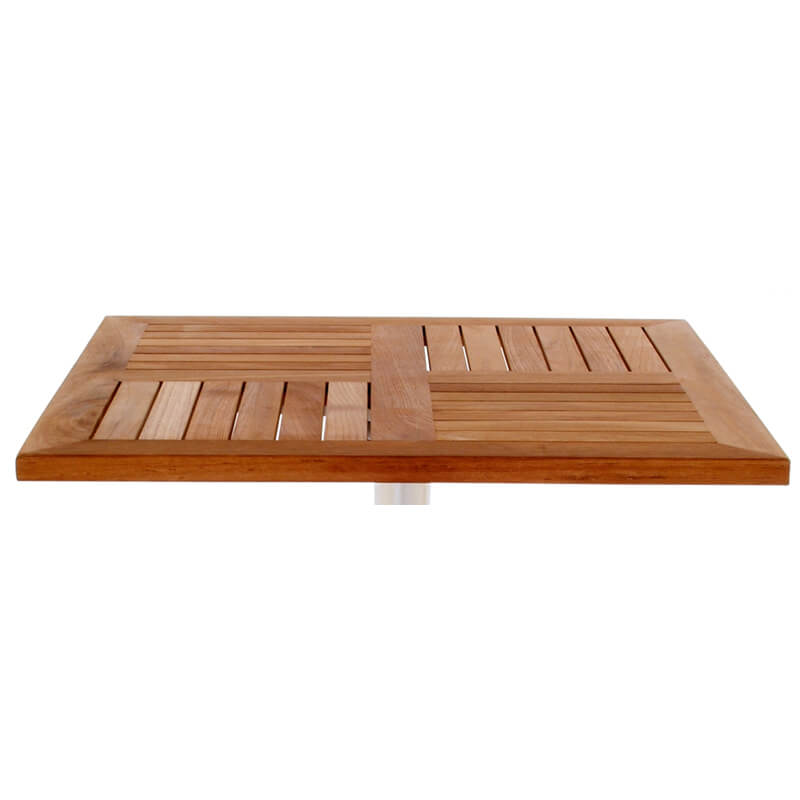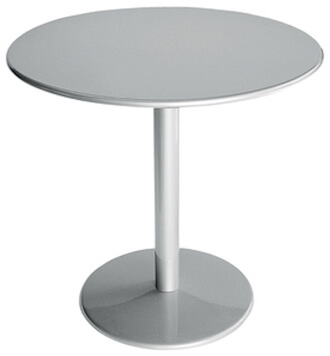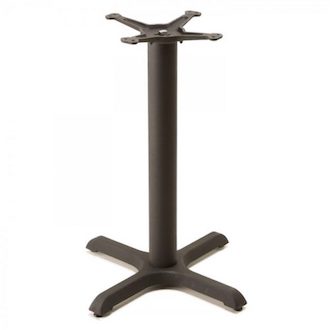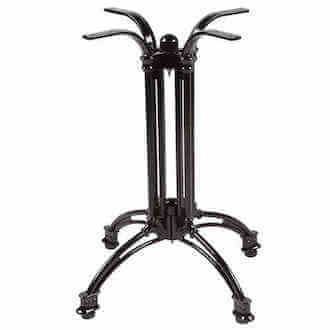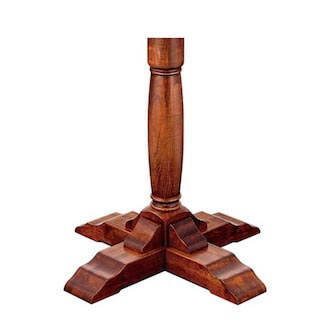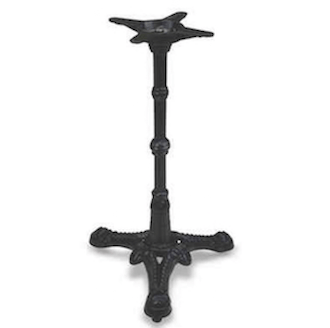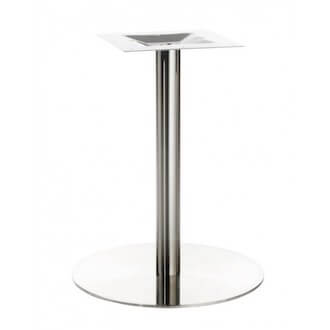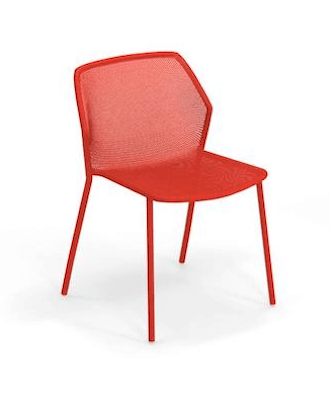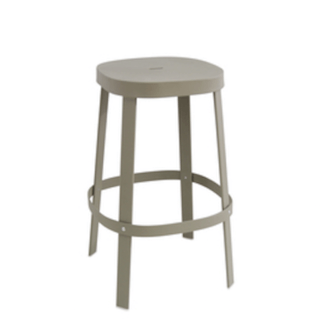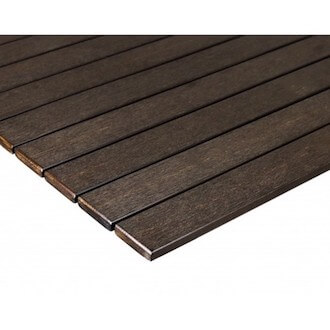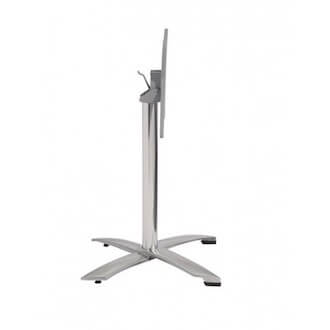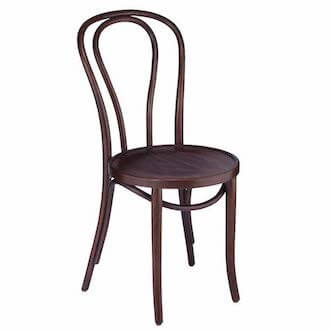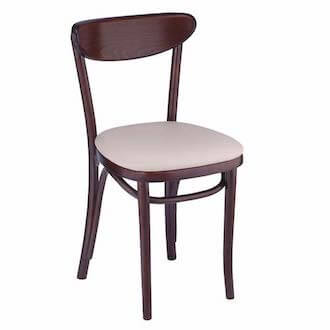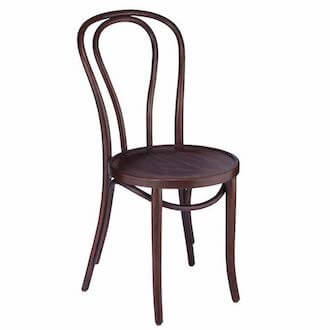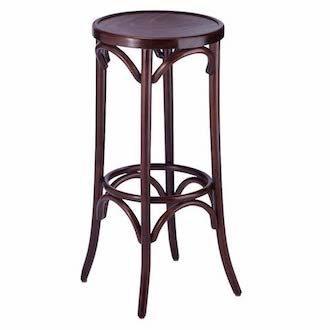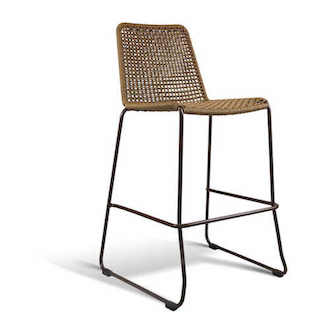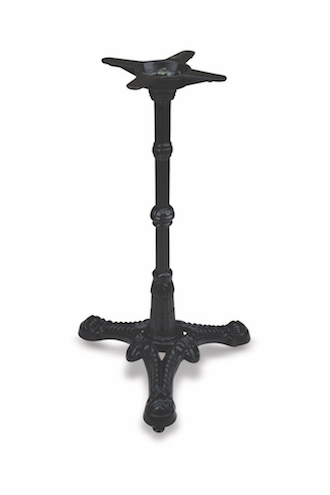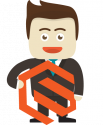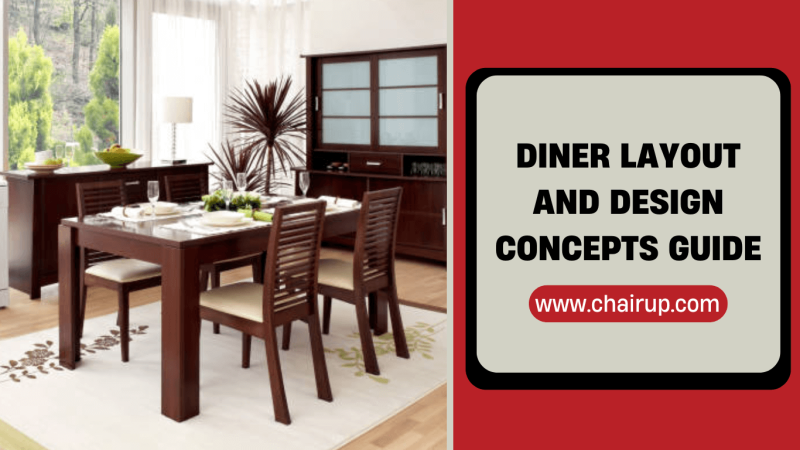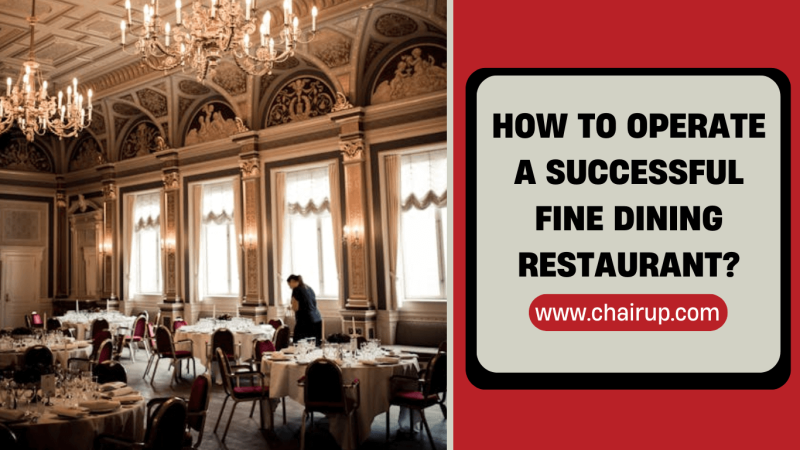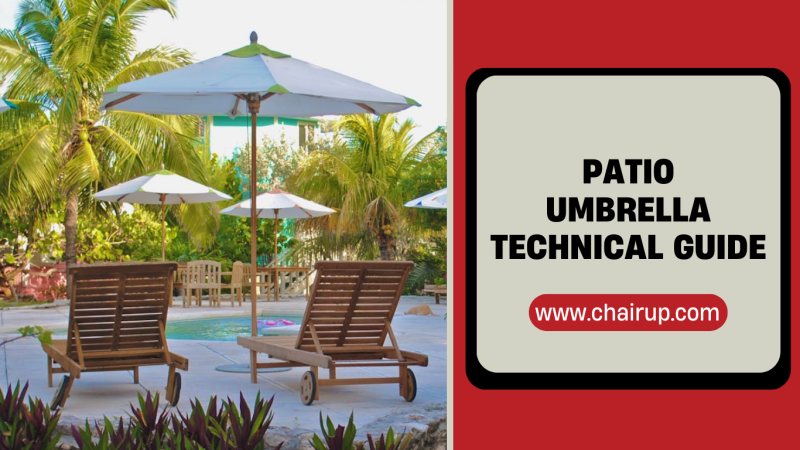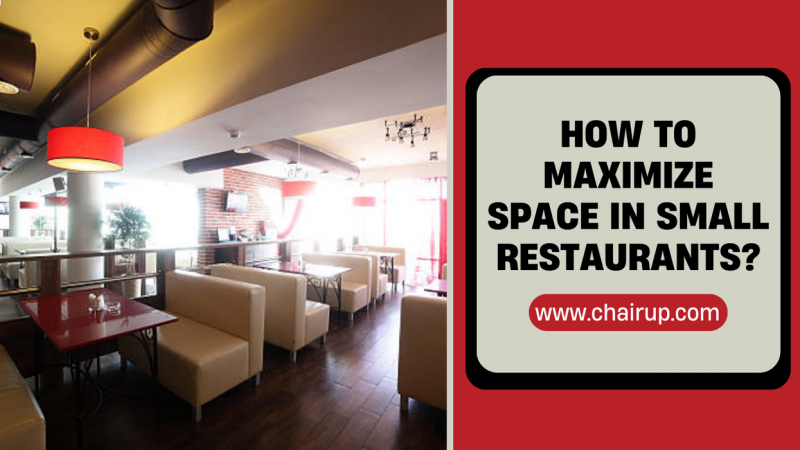
Senior living is considered a social blessing because the number of seniors in any civilization denotes that healthy living and good mental health prevail. However, senior level furniture design tips have become crucial. Seniors require some particular furniture specifications, which can make their seating and accommodation more comfortable.
Senior level furniture is becoming a norm for many young people, and the reason is that they are more comfortable and are considered an investment for their golden years.
Many facilities must consider some essential factors while designing and furnishing the common areas. One of the most common factors is ensuring that the senior living environment is a permanent residence, which needs to be prepared to provide comfort and longevity.
Not only does this furniture need to look good, but it should be long-lasting without any need for regular maintenance. In facilities for older people, the sitting areas, bedrooms, and even the room chairs must be specifically designed to provide comfort for those who will not be leading an active lifestyle.
Seat Specifications for Seniors
There has been a lot of research on the impact of furnishing on the people using it; therefore, the aesthetic aspect of furniture design must be considered a vital part. When designing chairs and sofas, it is essential to ensure deep and cushioned seats.
Imagine an older person having to sit in a chair for several hours. The cushioned seat, which offers good depth and width, will be a good choice. Seat depth is a comfort factor that grows with the age of the people using it. A deep seat will allow older people to sit comfortably without having to slouch or lean back too much.
Moreover, a deep seat allows good circulation in the body. Seat dimensions vary with design, but an ideal width is between 19 and 21 inches.
Seat construction is another aspect that needs special consideration. A firm seat with hardwood plywood boars provides full support under the cushion. This plywood keeps the seat from sinking over the years.
Some chairs are designed with a 3/4th inch broad hardwood plywood board, while some have a webbed or woven base that can support the cushion well. Another popular construction for seniors is to install springs at the base of the cushion. This spring base can provide the 'lift' since the springs do not let the cushion sink, and the set remains the same for many years.
The Chair Construction
The back of the chair and the seat's height have to be designed according to the requirements of the people using it. Chair construction includes the height of the chair. If the chair is too low, it can be difficult for older people to sit as they develop knee and back issues as they age.
Moreover, if the seat is too high, they will find it challenging to model, whereas the back will get strained if they cannot lean back and relax. The height of the chair and the angle of inclination for the back have to be such that the user feels relaxed and can let the body be at ease.
The strength of the chair is also a part of the design, and this means that the limbs must be designed to provide good hold. Crossbars and supports can be added to keep the chair intact for years. Over time, delicate designs can become wobbly, and that may make any senior user feel scared to use it.
Moreover, chairs designed for seniors need to be sturdy because the users cannot mend them regularly. If a young man is using a chair and it becomes a little shaky, they can hammer it into place, but if an older man is using the chair, they will not be able to do any maintenance work.
Armrests and Chair Frames
The armrests of chairs are an integral part of the chair design because they add more comfort to the user. Imagine a seat at the right height, with an inclined back and comfortable arm cairs. It would be the best sitting place for any senior who has to spend hours in one place.
All furniture designers must ensure that the chair construction is solid and according to the needs of senior users. Senior level furniture must be tested by seniors who can give their input in the length of the arm chair and the height at which it will provide natural support without straining the arms.
Chair frames are another factor that requires consideration, as narrow frames may be uncomfortable. Seniors need a broad seating space even if they are lean. Aluminum frames are solid as they are corrosion-resistant and lightweight.
If the user has to move the chair, it should be light so they do not strain their back while lifting it. With a wood look finish, aluminum chairs are an ideal selection for senior level furniture. Moreover, aluminum is non-porous and resistant to surface bacteria and mold, adding more benefits for old users vulnerable to infections.
Senior Level Upholstery and Furniture Design
When designing furniture for seniors, we have to understand that these users are prone to spilling and dropping food. Moreover, some seniors need help getting up frequently to relieve themselves and may soil their seats.
However graphic this information may be, any practical design must include water-proof or easily washable materials. Senior seating has taken a lot of misuse and abuse over the years, and the upholstery has to be suitable for the user and the cleaner. The seat will soon become dirty if a thick material like suede or satin is used. Moreover, the fabric can wear out quickly, and the furniture starts to look old.
Another problem with difficult fabrics is that they wear out from the seat and back parts used. This leaves the back and seat looking new in some places, with a center or base looking old. Vinyl or water-resistant upholstery will be the best choice. Another thing to consider is the color of the furniture. It is best to use bright colors that will add life to the seating area and benefit seniors with visual impairments.
Conclusion
Senior level furniture design tips can be helpful for everyone as many young people are also shifting to senior designs. We have shared several valuable ideas for furniture makers to consider while designing seats and sofas for older users.
These designs are adapted to suit the lifestyle and activity levels of senior users who cannot move around actively and need easy-to-use furniture that does not require maintenance.


